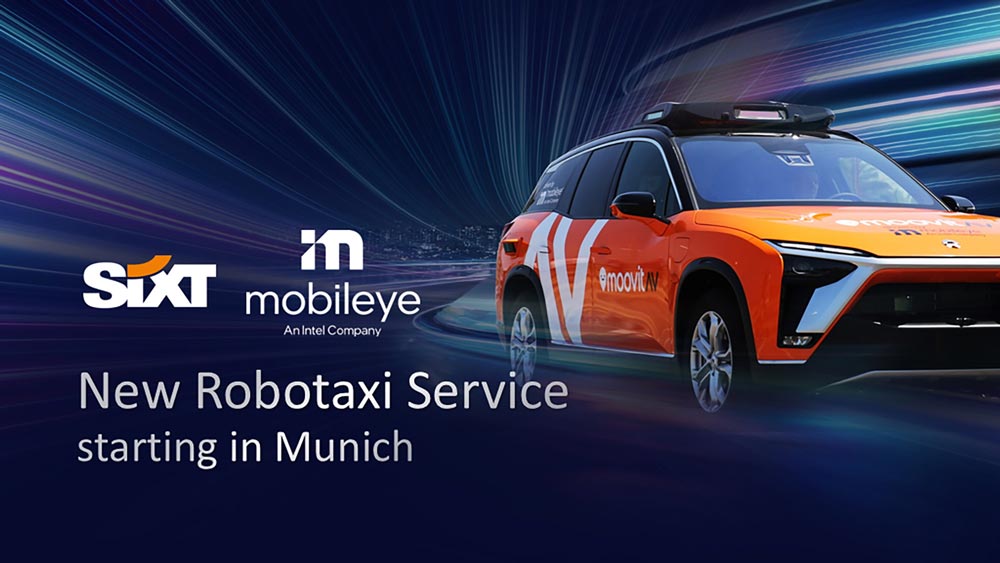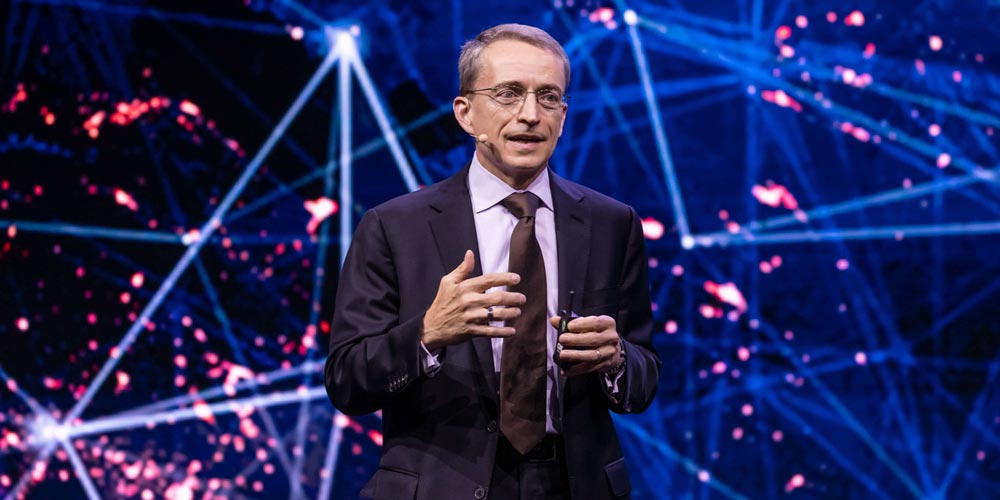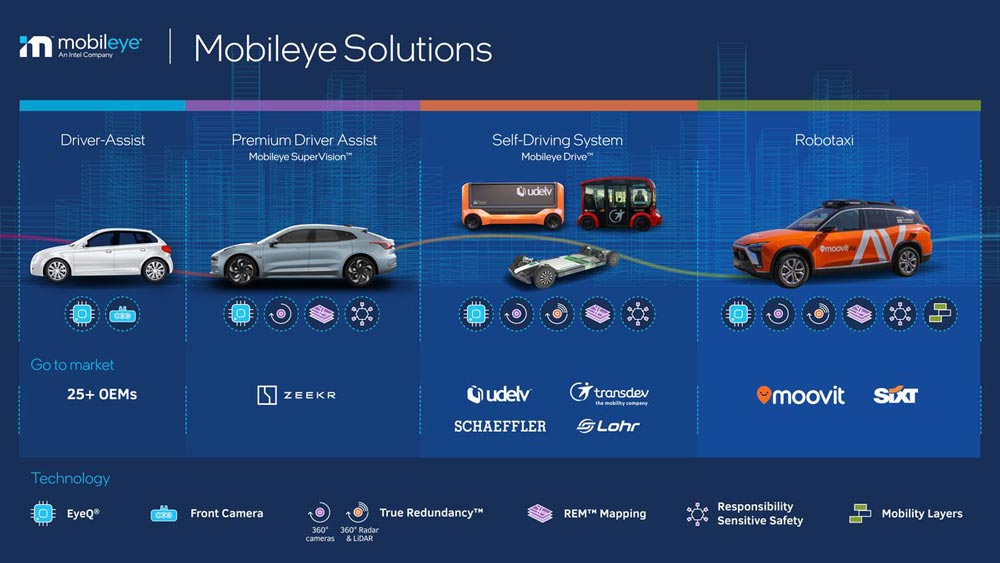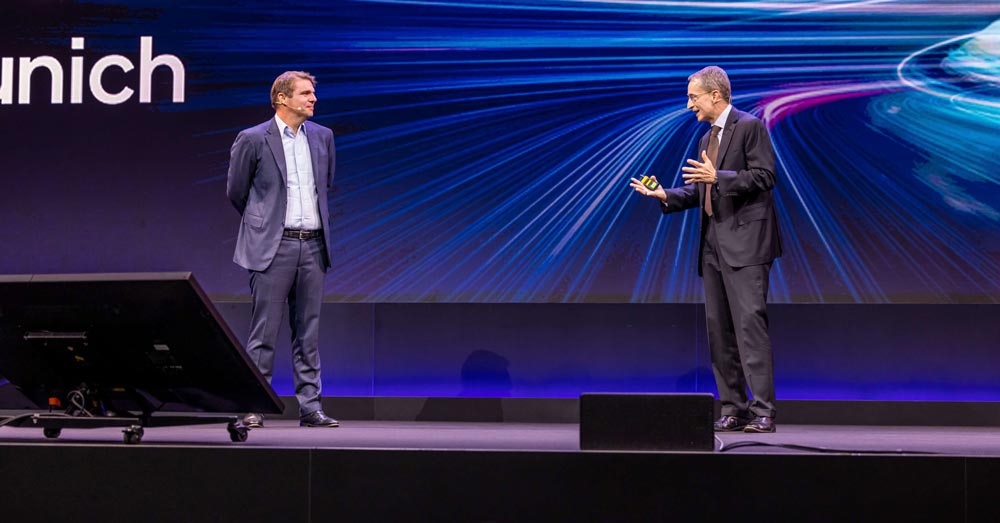Schon im nächsten Jahr sollen in München die ersten 100 Prozent elektrischen Taxis mit ihren Kunden über die Straßen rollen, „wenn alle regulatorischen Hürden überwunden sind“, so Alexander Sixt der den „ersten fahrerlosen Robotertaxi-Service in Deutschland ein Leuchtturm-Projekt für Europa“ nannte. Mit „Arrived in the future” endete der Imagefilm von Sixt auf der IAA MOBILITY der für den ersten Robotaxi-Service in Deutschland geworben hat.

Robotaxis gehören zum Level vier des Autonomen Fahrens
Gefahren wird hierbei mit innovativer Technik von Intel-Mobileye bestückten Fahrzeugen, die mit insgesamt elf Kameras sowie Lidar- und Radar-Sensoren vollautomatisiert agieren können. Die Fahrzeuge sollen in fast allen Situationen eigenständig fahren können und haben nur noch zur Kontrolle einen menschlichen Fahrer an Bord. Geordert werden können die Fahrzeuge dann einmal über die Moovit- oder Sixt-App. Deutschland hat als erstes Land weltweit in diesem Jahr grundlegende gesetzliche Rahmenbedingungen für Autonomes Fahren verabschiedet.

„Wir wollen weltverändernde Technologien entwickeln, die das Leben der Menschen verbessern“, erklärte Intel-CEO Pat Gelsinger bei der Präsentation in München. Auf dem Weg in die Mobilität der Zukunft verschwimmen zunehmend auch die bisher bekannten Grenzen zwischen den Branchen Technologie und Mobilität. „Die Autos der Zukunft werden Computer auf vier Rädern sein“, so Gelsinger. Momentan bestünden fünf Prozent der Fahrzeuge aus Halbleiter-Chips, im Jahr 2030 würden es 20 Prozent sein.

Der Robotaxi-Service von Intel-Mobileye und Sixt ist dann der nächste Schritt in die Mobilität der Zukunft. Alexander Sixt: „Autonomes Fahren wird der nächste Big Bang.“ Denn: Die Zukunft der Mobilität hat bereits begonnen.






